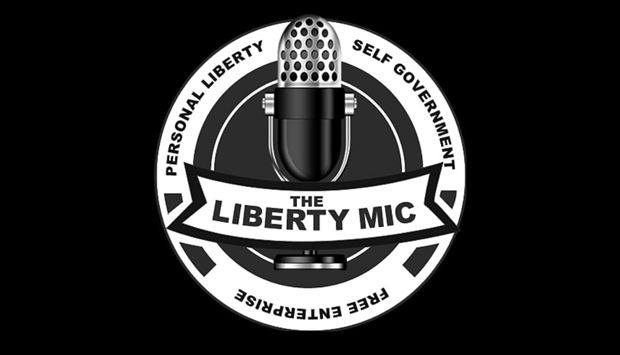So many topics, so little time – Supreme Court, Disinformation Governance Board, Russia-Ukraine, education and economics.
Weekend Orientation
The promised “Slapgate” update… and some other hot topics, as we transition into a more inclusive podcast.
See Change?
Our verdict on The Verdict, the divide and conquer strategy of the elite and the lack of education in the public.
Education in the Time of Covid
Are you prepared to lead your children though duck-and-cover drills at home? Also, the Democrat VP has finally been announced.
